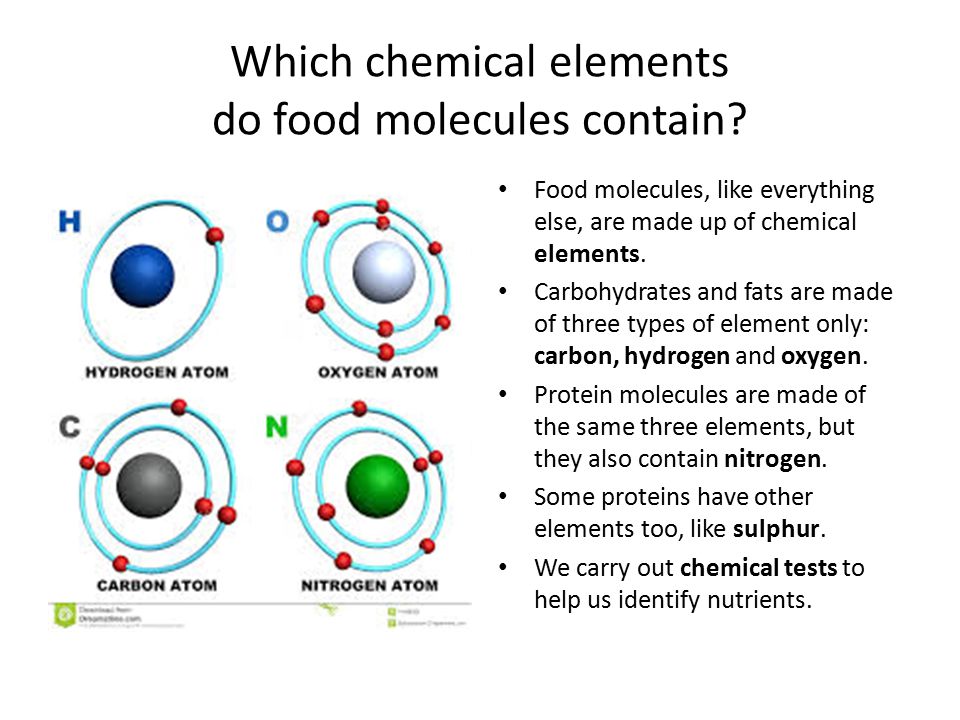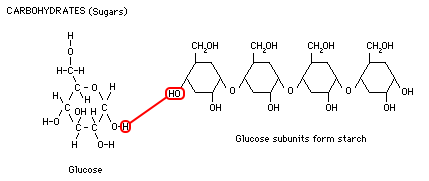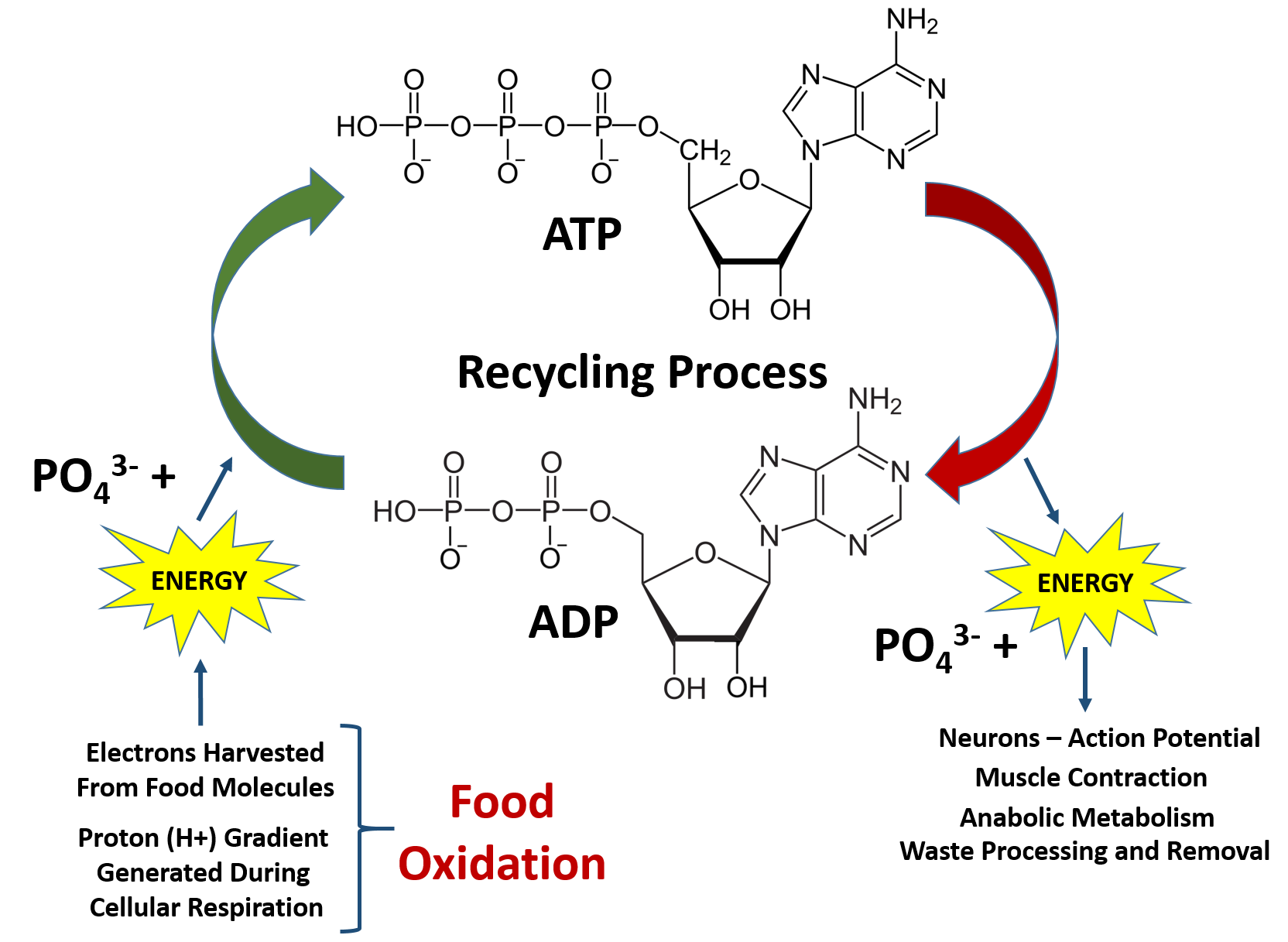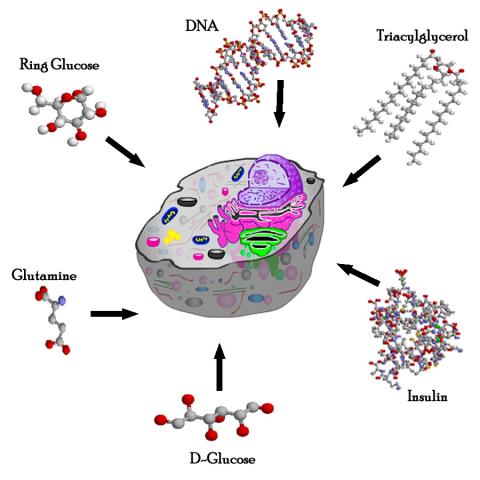Food molecules are the building blocks of the nutrients that sustain life. There are three main types of food molecules: carbohydrates, proteins, and fats. These molecules provide the body with energy, support growth and repair of tissues, and regulate various bodily functions. Let's take a closer look at each of these types of food molecules.
Carbohydrates are the primary source of energy for the body. They can be simple or complex, depending on their structure and the speed at which they are absorbed into the bloodstream. Simple carbohydrates, also known as sugars, are made up of one or two sugar units and are easily digested. Examples of simple carbohydrates include glucose, fructose, and lactose. Complex carbohydrates, also known as starches, are made up of long chains of sugar units and are slower to digest. Examples of complex carbohydrates include bread, pasta, and potatoes.
Proteins are essential for the growth, repair, and maintenance of tissues in the body. They are made up of smaller units called amino acids, which are joined together to form a specific sequence. There are 20 different amino acids, and the body needs all of them to function properly. Proteins can be divided into two main categories: complete proteins and incomplete proteins. Complete proteins contain all of the essential amino acids, while incomplete proteins are missing one or more essential amino acids. Examples of complete proteins include meat, poultry, fish, eggs, and dairy products. Examples of incomplete proteins include beans, nuts, and grains.
Fats are an important source of energy for the body and are also necessary for the absorption of certain vitamins and minerals. Fats can be divided into two main categories: saturated and unsaturated. Saturated fats are solid at room temperature and are found in animal products such as meat and dairy. They are considered unhealthy because they can increase the risk of heart disease. Unsaturated fats, on the other hand, are liquid at room temperature and are found in plant-based products such as nuts, seeds, and vegetable oils. They are considered healthy because they can help to lower cholesterol levels and reduce the risk of heart disease.
In conclusion, carbohydrates, proteins, and fats are the three main types of food molecules that provide the body with energy, support growth and repair of tissues, and regulate various bodily functions. It is important to consume a balanced diet that includes all three types of food molecules in order to maintain good health.








